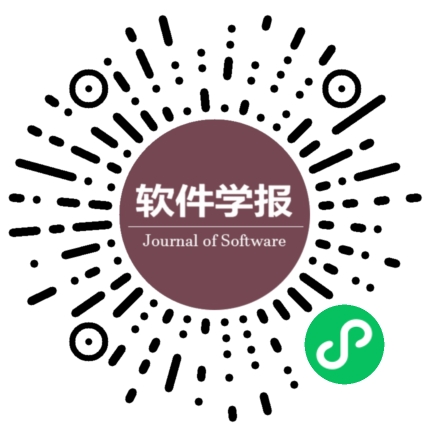基于权值不确定性的玻尔兹曼机算法
作者:
作者单位:
作者简介:
丁世飞(1963-),男,山东青岛人,博士,教授,博士生导师,CCF杰出会员,主要研究领域为智能信息处理,人工智能,模式识别,机器学习,数据挖掘,粗糙集,软计算,大数据分析,云计算;张健(1990-),男,学士,主要研究领域为机器学习,模式识别;史忠植(1941-),男,博士,教授,博士生导师,CCF会士,主要研究领域为智能科学,人工智能,机器学习.
通讯作者:
丁世飞,E-mail:dingsf@cumt.edu.cn
中图分类号:
基金项目:
国家自然科学基金(61672522,61379101);国家重点基础研究发展计划(973)(2013CB329502)
Algorithms of Boltzmann Machines Based on Weight Uncertainty
Author:
Affiliation:
Fund Project:
National Natural Science Foundation of China (61672522, 61379101); National Basic Research Program of China (973) (2013CB329502)
引用本文
丁世飞,张健,史忠植.基于权值不确定性的玻尔兹曼机算法.软件学报,2018,29(4):1131-1142
复制相关视频
分享
文章指标
- 点击次数:
- 下载次数:
- HTML阅读次数:
历史
- 收稿日期:2016-09-06
- 最后修改日期:2016-10-19
- 录用日期:
- 在线发布日期: 2017-04-11
- 出版日期:
文章二维码

您是第位访问者
版权所有:中国科学院软件研究所 京ICP备05046678号-3
地址:北京市海淀区中关村南四街4号,邮政编码:100190
电话:010-62562563 传真:010-62562533 Email:jos@iscas.ac.cn
技术支持:北京勤云科技发展有限公司
版权所有:中国科学院软件研究所 京ICP备05046678号-3
地址:北京市海淀区中关村南四街4号,邮政编码:100190
电话:010-62562563 传真:010-62562533 Email:jos@iscas.ac.cn
技术支持:北京勤云科技发展有限公司



